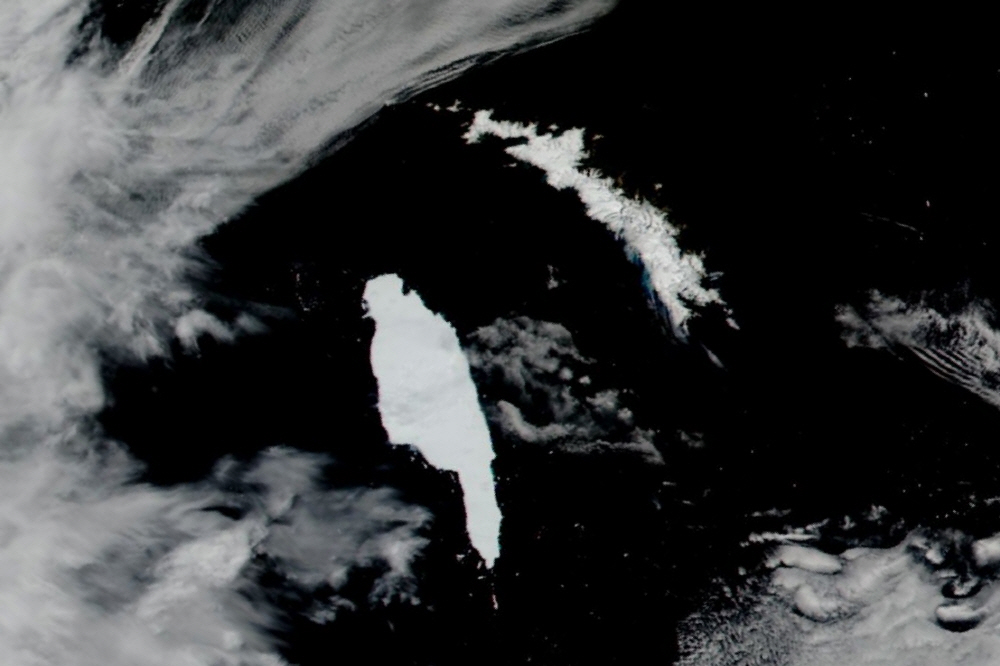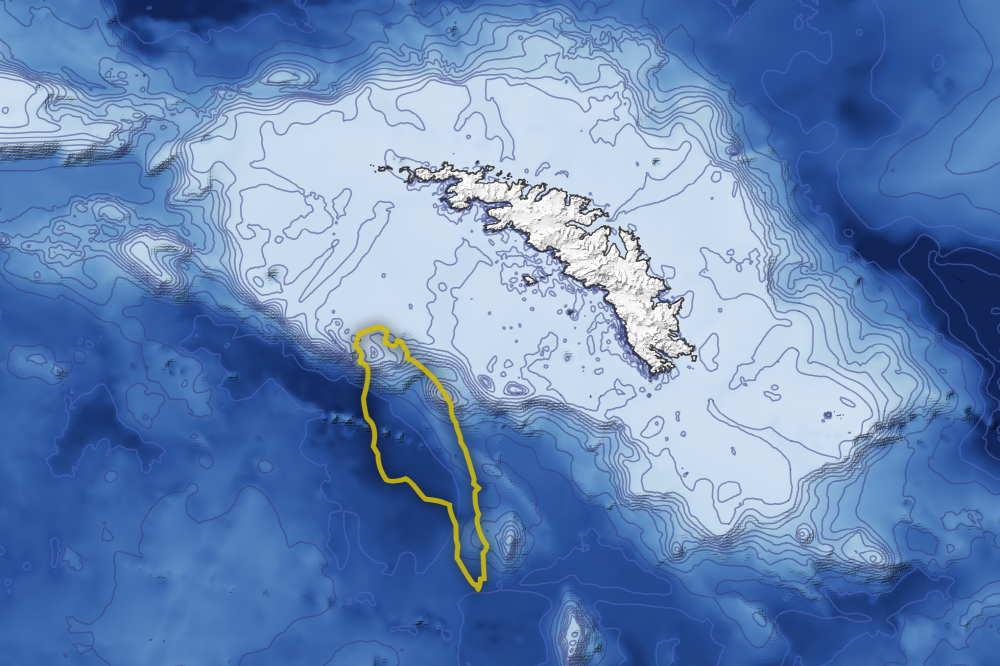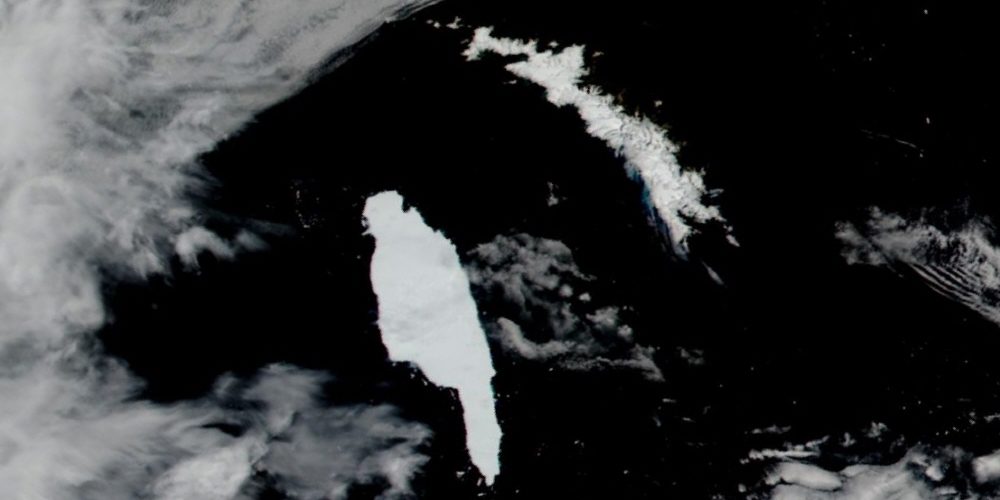
The world’s largest iceberg, named A68a, is approaching British South Georgia. The team headed to South Georgia to investigate the impact of the iceberg approach on the wild animals living around it.
The last news about the iceberg came on November 27th (local time). At the time, it was moving away from South Georgia Island, but the situation was 160 km at the time, but the latest satellite imagery is already approaching 75 km. It was an additional 85 kilometers in three weeks. Because they are so close, it is possible that some of the icebergs have already reached the island’s continental shelf.
The A68a is now the largest iceberg in the world, and if it goes this way, it stays in a certain place for several years while cutting the seabed. Biologists are concerned that this will lead to the loss of prey for wildlife such as penguins. Icebergs can rob seabed creatures such as starfish and sea urchins, which can lead to biodiversity loss. Because living things accumulate carbon in their bodies, when they hit an iceberg, the carbon accumulated in the organism’s body is released into the water, and there is a possibility that it may flow into the atmosphere, which could adversely affect the environment.

The A68a continued to drift from the original Antarctic Larsen Ice Shelf separated in July 2017. Length of 140km and 3,900km 2 size, but surprisingly thickness of approximately 200m. The iceberg, shaped like an index finger pointing at something, is moving clockwise, and a large part of the northern part is already drifting on the bottom of the sea shelf and facing the rapids. Experts are concerned that icebergs will rise to the island as they are.
As of December 13th, only time knew whether it would be on the seafloor as it is or whether it would flow in the opposite direction due to the currents. Considering that the iceberg has been moving clockwise since it began to drift three years ago, it is continuing on a journey that is seldom readable if it starts to turn counterclockwise or stops. In 2004, an iceberg named A43b drifted in the same place, stopped for several months, and then moved around the island.
The research team is expected to investigate how much water will melt in the iceberg and how it will affect wildlife such as penguins, seals, and whales. It plans to use unmanned diving equipment to collect seawater around the icebergs to investigate salinity and chlorophyll to investigate the number of plankton in the water and to compare it with historical data. Related information can be found here .


















Add comment